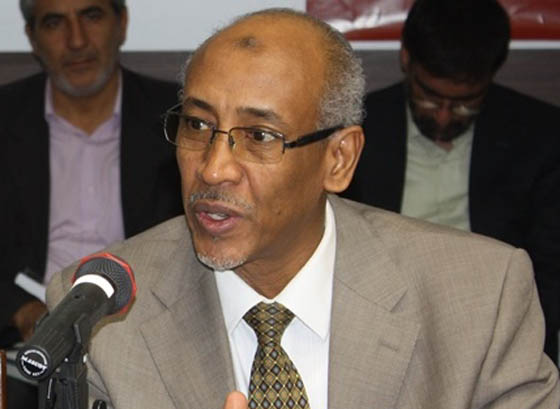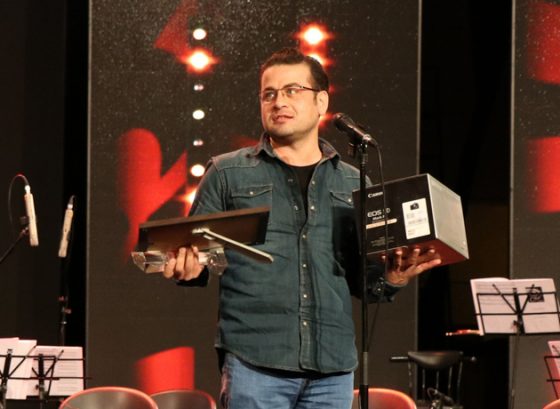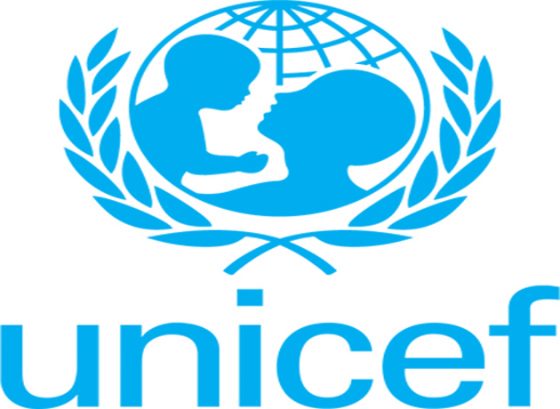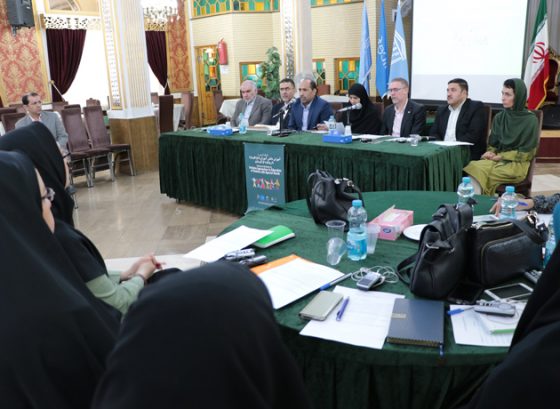A message by UNICEF Representative in the I.R. of Iran Mr. Mohamed El Munir Safieldin: “Children Playing with Death”

A couple of weeks ago, we were all deeply disturbed by the shocking news of three young children killed when an unexploded device left from the 8-year war with which they were playing went off near Soosangerd town, Khoozestan Province, AVA Diplomatic Reports.This is not the first time and unfortunately it will not be the last of such horrific incidents as long as such ordnances will are laid out there.
Children are particularly vulnerable to land-mines and UXOs in a number of ways. If they are too young to read or illiterate, signs posted to warn them of the presence of mines are of little if any significance. Naturally curious, children are likely to pick up strange objects especially those with colorful and curious design that look as potential toys. Butterfly mines and cluster bombs hold a fatal attraction for many young children.
Landmines and unexploded ordnance violate nearly all the articles of the Convention on the Rights of the Child (CRC): a child’s right to life, to a safe environment in which to play, to health, clean water, sanitary conditions and adequate education. Furthermore, un-cleared landmines and ordnance severely disrupt economic activity. They prevent access to reconstruct homes, roads, schools, health facilities and other essential services; they deny access to farmland and irrigation, leading to increased food insecurity.
Once laid, a mine may remain active for up to 50 years. Unless vigorous action is taken, mines placed today will still be killing and maiming people well into the middle of the next century. Removal of landmine and other explosive remnants of war is an extremely lengthy and expensive business.
Explosive remnants of war (ERW) and anti-personnel landmines represent a significant contributing factor to child disability. International instruments such as the 1997 Mine Ban Treaty helps to reduce the overall number of people killed or injured by these weapons, but the percentage of children among total casualties has increased.
Annually since 2005, children have accounted for approximately 20–30 per cent of casualties, and there have been at least 1,000 child casualties each year since monitoring began in 1999. In 2010, children accounted for 55 per cent of all civilian deaths, making them the civilian group for whom landmines and ERW are most deadly.[1]
One of the successful experiences of countries that face the risk of UXO is to provide regular education and awareness-raising to children through schools. Essential information is provided to school children about the risks of UXO, how to identify these items and how to avoid them. UNICEF worked with many of these countries to design and disseminate information to school children.
UNICEF Iran Office would like to strongly urge government and non-government organizations, specially the media and schools in contaminated areas, to take all necessary measures to systematically educate children on how to protect themselves against this hidden danger so that similar tragedies can be prevented as much as possible.




